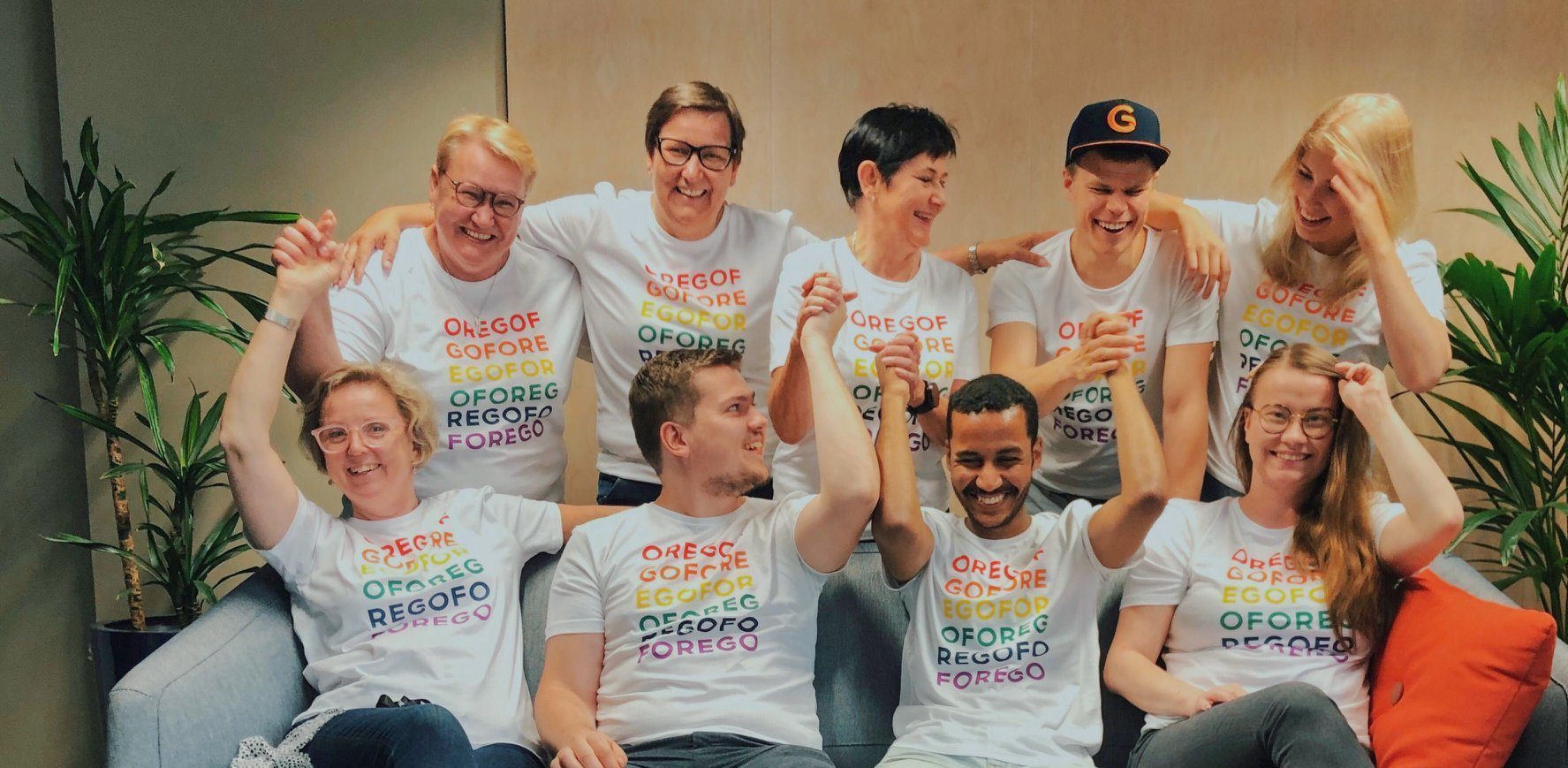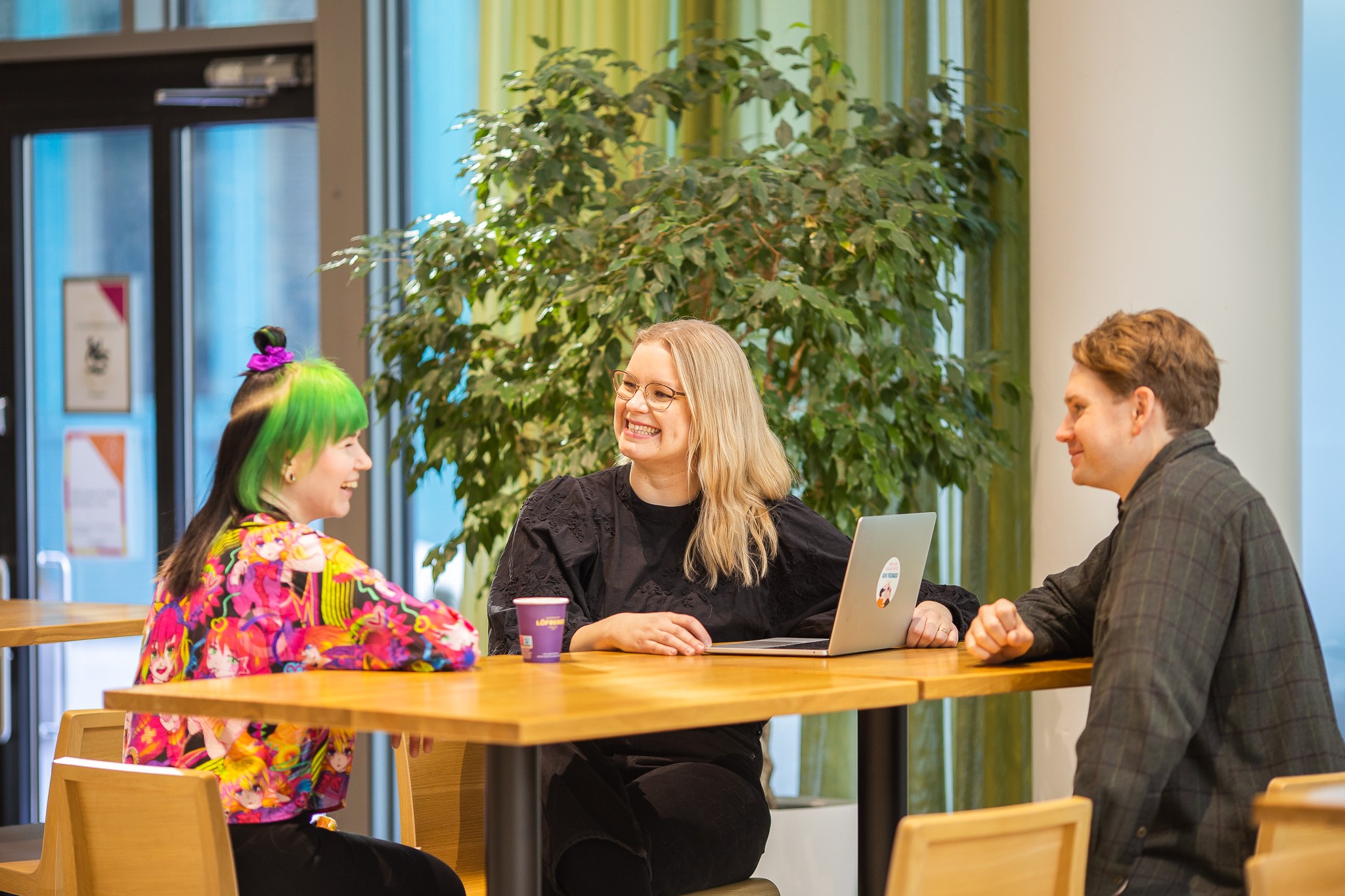Digital transformation reshapes economies, industries and essentially, our society. While some of us welcome the ease, efficiency and opportunities it may introduce into our daily lives, the impact is not the same for all.
Personally, I know this to be true by observing the life of my 95-year-old grandmother who does not have a smartphone, let alone an online banking app. Being excluded from digital services due to the lack of access, skills and resources is a substantive issue, and what’s more, the very logic of how our digital systems work and how they are designed can be exclusive in nature. Data-based automated decision-making systems (or artificial intelligence if you want to call it that) can become outright discriminatory if the machine learning algorithms are taught with biased data and operated with a lack of social context. When we depend on automated systems to get an insurance, a loan, an invitation to a job interview or basic social services, we essentially allow these systems to determine the course of our individual lives.
As the designers of digital systems, we hold a great responsibility. Our society is biased in many ways, and if designed carelessly, our digital systems can amplify those biases, isolating and discriminating against marginalized and vulnerable groups even more. People’s circumstances can become even more challenging when it comes to achieving their goals in life, getting a career or simply, running everyday errands. People become excluded from benefitting equally from the opportunities, welfare, and prosperity in our society.
An antidote to bias
We humans have a natural tendency to rely on defaults. For example, I eat the same breakfast almost every morning. A default doesn’t require additional effort and it has produced satisfactory outcomes in the past. These seemingly innocent defaults can easily turn into biases. If our surroundings echo only our defaults, our thinking and decision-making becomes skewed, or biased, towards them. We become oblivious to experiences outside our own bubble and end up with a narrow understanding of the world. And biases do not exist only in the minds of individuals. They are organizational practices, cultural norms, and social policies. They are systemic.
Digital systems reflect the surrounding society. When we are designing them, we easily end up transferring our biases into them. But if ever, digitalization is the time to dismantle the biases — not just reinforce the status quo — since we are reshaping how our society operates. And if the problem is systemic, the solution must be systemic too. Though a good starting point, it is not enough to just acknowledge our own individual biases. We need to embed diversity, equity and inclusion systematically into the design processes of digital systems.
Diversity: Acknowledging our differences
Age, gender, race, ethnicity, disability, sexual orientation, religion and socioeconomic status are some of the aspects by which we humans differ from each other as members of society. These differences shape our experiences, perspectives and interactions with the world. When a diverse group of people come together, these different perspectives are combined. Diversity, as a property of a group of people, is about acknowledging our differences: instead of ignoring how and why our experiences are different, we recognize and value the variety of perspectives and approaches our differences result in.
The business case for diversity often correlates diversity in organizations with better profitability and increased creativity and innovation. In the context of digital society, we also have an obligation to address diversity from the perspective of power and influence. What kind of a group of people gets to design our digital systems and services. Is it a diverse group, representing varying views and understanding of the world? If not, then what will the end results be like? We can’t create an equal digital society if we ignore all the various human perspectives.
Equity: A requirement for true equality
While equality is sometimes a straightforward concept (e.g., “We get the same pay for the same work we do”), equity on the other hand, can be harder to define. Equity means that people who are in disadvantaged circumstances, are provided with added support to be able to enjoy the same opportunities as others.
Consider, for example, kids taking an exam at school. It seems equal to give everyone the same amount of time to answer the questions. But what if you have dyslexia? You may know the answers just as well as your peers, but it just takes more time for you to read the questions and write down your answers. In this case, equity is getting some extra time to take the exam to even out the disadvantage. And in the bigger picture, equity is about reconsidering the entire system for evaluating school performance to ensure equal opportunities for all kinds of learners.
This is what we need in the design of digital services too. We need to complement our idea of equality with equity so that our systems foster genuinely equal opportunities, participation, and membership in the digitalized society. When we are defining how our digital systems operate, we need to elevate the experiences and needs of people who belong to vulnerable or marginalized groups.
Inclusion: Everyone benefits
Diversity focuses on the representation and inclusion complements it by focusing on the action. Diversity and inclusion trainer Vernā Myers describes it beautifully: “Diversity is being asked to the party, inclusion is being asked to dance”. It means that individuals in a diverse group of people feel confident and comfortable enough to be themselves and are appreciated and valued as active contributors in the group.
Inclusive design methods engage diverse groups of people in the design processes of digital systems and services. An inclusive approach produces solutions that create better outcomes for everyone. For example, accessible websites perform better in Google search results visibility, i.e., the more accessible websites we have, the more relevant search results we all get.
Sometimes false inclusion becomes the pitfall — it tokenizes individuals and creates a meaningless impression of diversity. False inclusion assigns the role of a mere study object to marginalized groups as opposed to treating people as active subjects with control over the outcomes. True inclusion requires that diverse groups of people are given the space, power and resources to contribute to the solutions utilizing their own individual experiences and viewpoints.
We can do better
Luckily, our awareness of social issues related to digital systems is constantly increasing and the systems are held to higher standards. For example, the web accessibility directive was adopted by the European Union in 2016, and just last year, a proposal for regulation for artificial intelligence was released, seeking to ensure the protection of fundamental rights of the European Union.
But let’s not wait for legislation and regulation to catch up before we act. Instead, let’s continue to reshape the way we design digital services and develop new standards for diversity, equity, and inclusion. Let’s do more than the bare minimum. Not just for the business case, but because it is simply the right thing to do.
If you are now wondering how to start your journey into embedding diversity, equity and inclusion in your digital service design, continue to read my colleague Michelle’s post here.



